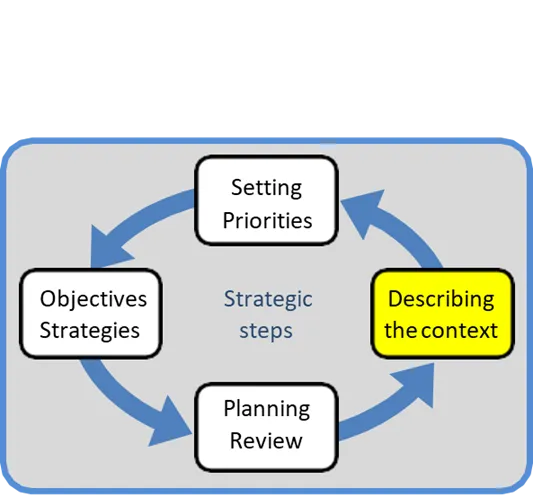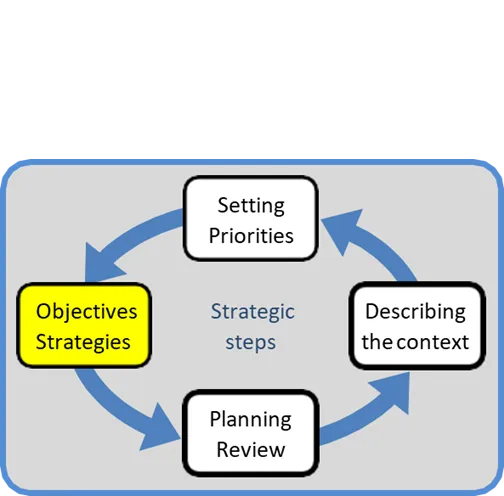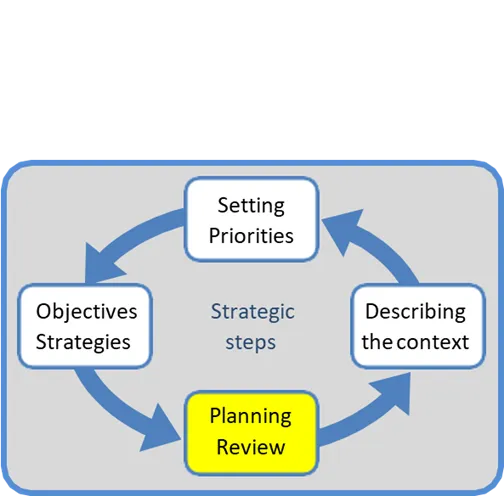|
Objective To find out the criteria and procedures for planning of inspections and how this is put into practice. |
C1. Strategic cycle

C1.1. Describing the context
Guidance
The review team should gain an understanding what factors define the scope and what information should be gathered for describing the context of the authority.
Note: the step of describing the context will partly have been covered in part A of this questionnaire.
Topics to consider
- What areas and activities are important for inspection?
- What type of information is collected and how is this collected to assure the authority can perform its tasks?
- How do the goals and objectives (part A) influence the work of inspection?

C1.2. Setting priorities
Guidance
The review team should gain an understanding on how the authority sets priorities by performing a risk assessment, which results in a list of installations or activities that are ranked and classified.
Topics to consider
- What procedure is used for setting priorities?
- What procedure is used to assess risks related to activities or installations? What risk criteria are used? What information is collected on risks during the previous planning step of describing the context?
- How are the outcomes of the risk assessment used in the planning of the inspections? Are risks ranked and activities and installations subsequently?
- How are the resources of the authority included in this process?
- Has the average amount of time been determined for carrying out different types of inspection activities (time needed for performing a certain type of routine inspection, including preparation, traveling, site visit and reporting)?
- How much time is allocated for administrative and legal support?
- How much time is allocated for follow up actions (e.g. enforcement actions)?
- What is the ratio of time spent on planned (routine) inspection to non-routine (unplanned) inspection? Unplanned inspections include reactive work, e.g., responding to complaints, investigating incidents and accidents.
- Numbers and time spend on enforcement actions and prosecutions taken per year by type or category activities or installations and types of penalties (fines, imprisonment).

C1.3. Defining objectives and strategies
Guidance
The review team should gain an understanding on how the authority defines its qualitative and/or quantitative objectives, inspections targets and strategies and how they are communicated.
Topics to consider
- How are inspection objectives, targets and strategies defined? How are these related to the prioritised activities or installations?
- What are the objectives and targets for 2016?
- What inspection strategies have been developed and why? How will they contribute to achieving the inspection targets?
- What communication strategies have been developed?

C1.4. Planning and review
Guidance
The review team should gain an understanding on how the authority develops an inspection plan and inspection programme / schedules; how available resources is allocated between inspection enforcement and other activities such as dealing with complaints; and how review and revision of plans and programmes works.
Topics to consider
- What are the procedures for developing, reviewing and revising inspection plans and inspection schedules? How are the results of the previous planning steps taken on board? How are findings on the performance of the Inspectorate in the previous year(s) taken into account?
